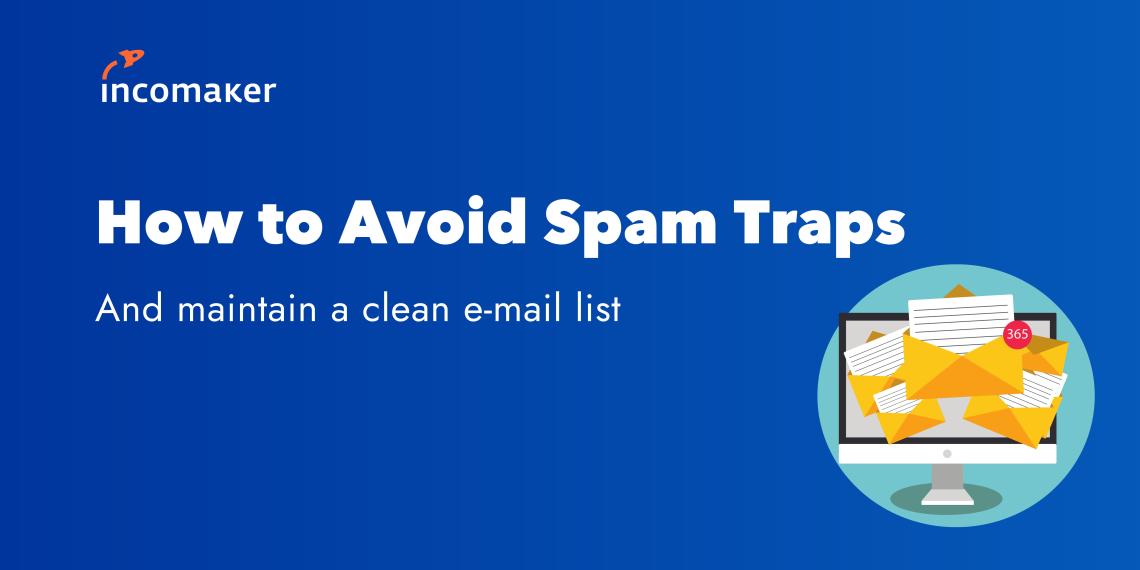
Spam traps are a nightmare for email marketers and internet service providers. Sending an email to a spam trap can result in reduced email deliverability and a damaged sender reputation. So, how can you avoid this unpleasant situation and keep your email marketing clean?
What is a spam trap?
A spam trap is an email address or set of email addresses specifically created to identify and catch spammers. These addresses are not used for legitimate communication, and their sole purpose is to detect unsolicited emails. They are strategically placed across the internet, including on websites, forums, or within email lists, to lure spammers into sending messages to them.
How do spam traps work?
Some spam traps are known as honeypots. These are email addresses that are publicly available on websites, but hidden from regular users. Spammers use web scraping (data extraction) tools to collect email addresses from websites, inadvertently falling into the trap when they send emails to these honeypot addresses.
Some email service providers or anti-spam organizations convert inactive or abandoned email addresses into spam traps. Spammers who continue sending emails to these dormant addresses are easily identified and flagged.
These spam traps exploit common typos made by spammers when entering email addresses. For instance, misspelling "gmail.com" as "gmal.com" can trigger the spam trap and expose the sender.
How to avoid spam traps?
1. Collect emails through opt-in methods and verify the emails
Opt-in is the key to maintaining a clean email contact list. This means that you should only gather email addresses from people who have explicitly given their consent to receive emails from your organization. Avoid purchasing email lists because they may contain fake or outdated emails and increase the risk of your emails being marked as spam.
Check how to create double opt-in in Incomaker in the video below.
2. Keep your email contact list up to date
Regularly update your email contact list. Remove invalid emails that no longer exist and respond to feedback from recipients. If someone wishes to stop receiving your emails, respect their wishes and remove them from the list.
3. Monitor emails and address issues
Stay vigilant and monitor responses to your emails. If you notice an increased frequency of your emails being marked as spam, take it as a warning sign. Identify what may be causing this issue and rectify it as soon as possible.
4. Avoid spammy words in email campaigns
When sending emails, be cautious with their content. Avoid using spammy words, too many exclamation marks, and excessive capitalization. It's important for your email to appear professional and be relevant to the recipient.